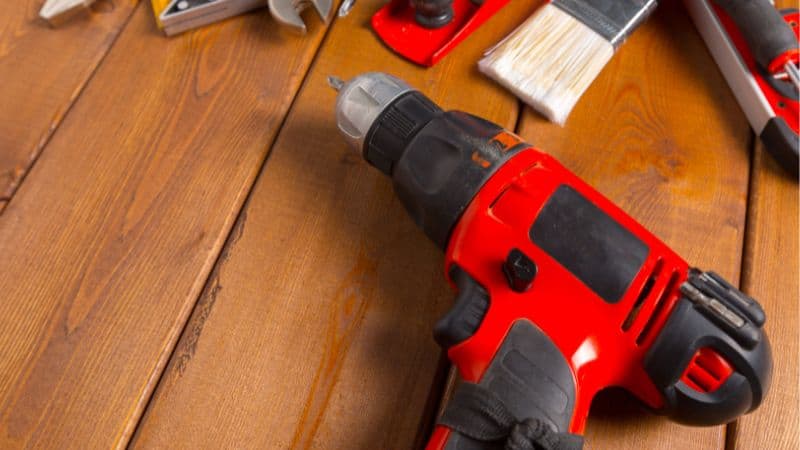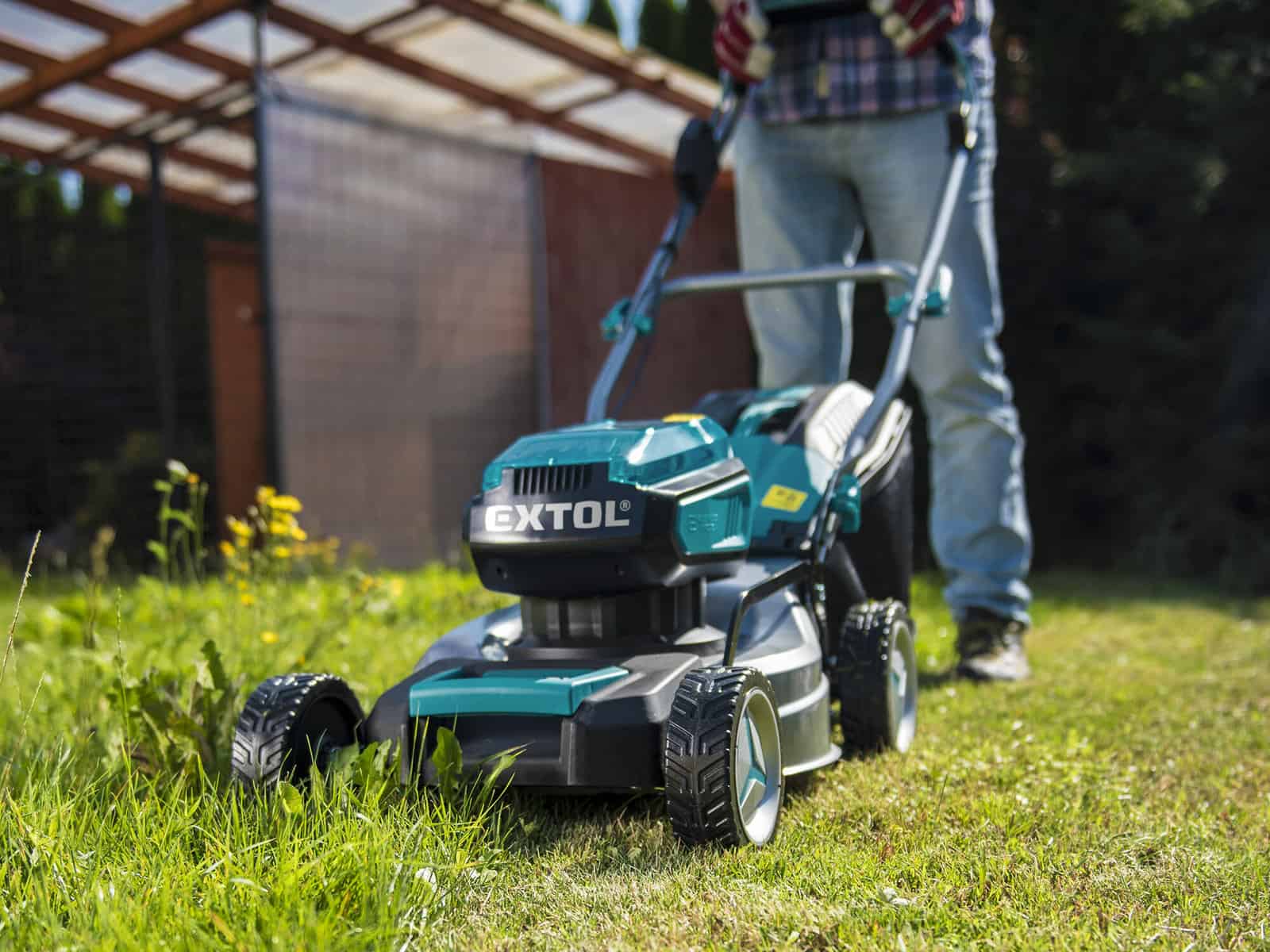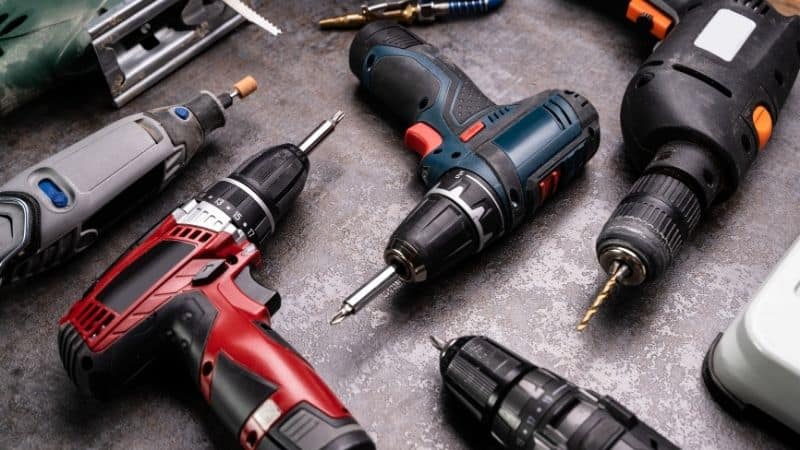Understanding Double Insulation in Power Tools
In the landscape of power tool safety, double insulation incorporates substantial protective measures to prevent electric shock. This design concept is critical to user safety when operating electrical tools.
Definition and Importance of Double Insulation
Double insulation is a safety feature in which power tools are constructed with two separate layers of electrical insulation. This design eliminates the need for a grounded power source, as the double layer of insulation provides ample protection against electric shock. The significance of this feature is profound; it safeguards you by creating a barrier between the electrical components and any conductive parts that you might touch.
Key Differences Between Double Insulated and Grounded Tools
There are notable contrasts when comparing double insulated tools to their grounded counterparts. Grounded tools require a connection to the earth to dissipate any stray electrical current, thus requiring a three-prong plug. In contrast, double insulated tools only require a two-prong plug, as the additional layer of insulation within the outer casing acts as the safeguard. The absence of a grounding wire in double Insulated tools offers you more flexibility, especially in environments where grounding may not be possible or practical.
Recognizing Double-Insulated Tools by Symbol and Construction
You can identify double insulated tools by the distinct symbol — two concentric squares. The power tool manufacturers will place this symbol prominently so you can see it at a glance. This icon signifies that the tool adheres to enhanced safety protocols. When examining a tool’s construction, double insulation is evident if there are no metal parts on the tool’s exterior that could potentially conduct electricity. The construction is focused on isolating the electrical components from the outer casing, ensuring your protection from electric shock even if the internal insulation fails.
How Does Double Insulation Work?

Double insulation is a safety feature in electrical appliances that provides two layers of insulation to protect users from electric shock, eliminating the need for an earth wire connection. Here’s how it works:
Basic insulation: The first layer of insulation covers the live electrical parts inside the appliance, like the wiring. This is called basic or functional insulation and is necessary for the device to operate.
Supplementary insulation: A second independent layer of insulation is added, which insulates the internal components that could become live (like metal parts) from the external casing that the user can touch. This supplementary insulation acts as a backup in case the basic insulation fails.
No exposed metal: The external casing of a double insulated appliance is made of a non-conductive material like plastic. This ensures that even if a live wire inside was to short-circuit and touch the casing due to a fault, the outside of the appliance would not become electrified and dangerous.
Eliminates the need for earthing: Because the supplementary insulation layer and non-conductive casing prevent any live parts from being exposed, double insulated appliances do not require an earth wire connection for safety.
In a conventional appliance, the earth wire would divert current from an electrified casing, but this scenario is prevented in double insulated devices.
Using Double-Insulated Power Tools Safely

When working with double insulated power tools, following specific safety guidelines and maintenance protocols ensures your protection against electrical hazards. Familiarize yourself with best practices to minimize the risk of electric shock, particularly in wet or damp conditions.
Safety Precautions and Operating Guidelines
- Read the User Manual: Before operation, thoroughly review your power tool’s user manual for safety instructions tailored to your specific model.
- Inspect Before Use: Check the power tool for any signs of damage, like frayed cords or cracks, that could lead to electrical faults.
Maintenance Tips to Prevent Electrical Faults
- Regular Checks: Routine inspections are vital. Examine insulating materials for integrity to ensure ongoing electrical safety.
- Storage: Keep tools dry and clean. Proper storage prevents the risk of exposure to damp conditions that can compromise insulation.
Choosing Tools for Specific Environments and Conditions
- Right Tool for the Job: Opt for power tools designed for the environment you’re working in. Compliance with safety standards is crucial, especially in wet or damp conditions.
- Avoid Modifications: Never alter your power tools. Modifications can void warranties and breach safety standards, increasing your risk of electrical shocks.
Specific Applications and Types of Double-Insulated Tools
Double insulated tools are often used in different areas during cutting, installation, and fixing processes and are highly respected due to their safety
Popular Double Insulated Power Tools and Their Uses
Circular Saws: Your woodworking projects might require cutting large boards or sheets, for which a double Insulated circular saw is ideal. This tool’s double insulation safeguards you from electric currents if the internal wiring malfunctions.
- Jigsaws: Intricate cuts in wood or metal can be efficiently executed with a double Insulated jigsaw, minimizing your risk of electrical shock in a compact and versatile form.
- Electric Drills: Whether you’re assembling furniture or affixing fixtures, a double-insulated electric drill offers you peace of mind, knowing that its reinforced insulation adds an extra layer of user protection.
- Electric Sanders: Smoothing out surfaces on your woodworking projects feels safer with a double-Insulated electric sander, designed to ensure that any electrical defects don’t pose a direct risk to you.
Hair Dryers, Blenders, and Food Processors: While not traditionally considered power tools, these devices are often double Insulated for your safety in the kitchen and bathroom, reinforcing the standard of protection across household appliances.
Advantages of Using Double Insulated Tools for Certain Tasks

- Versatility & Portability: Your portable Double Insulated tools offer flexibility without the immediate necessity for protective gear like a Ground Fault Circuit Interrupter (GFCI), as their construction is focused on preventing electrical current from making contact with any exposed metal parts you might touch.
- Enhanced Safety: Whether you’re operating close to a power cord or in potentially damp environments, double insulated tools like corded sanders or drills made predominantly of plastic deliver additional protection against electrical shock.
Despite the significant safety features of double Insulated power tools, always use the recommended protective gear and follow the manufacturer’s safety guidelines to ensure your well-being during any task.






